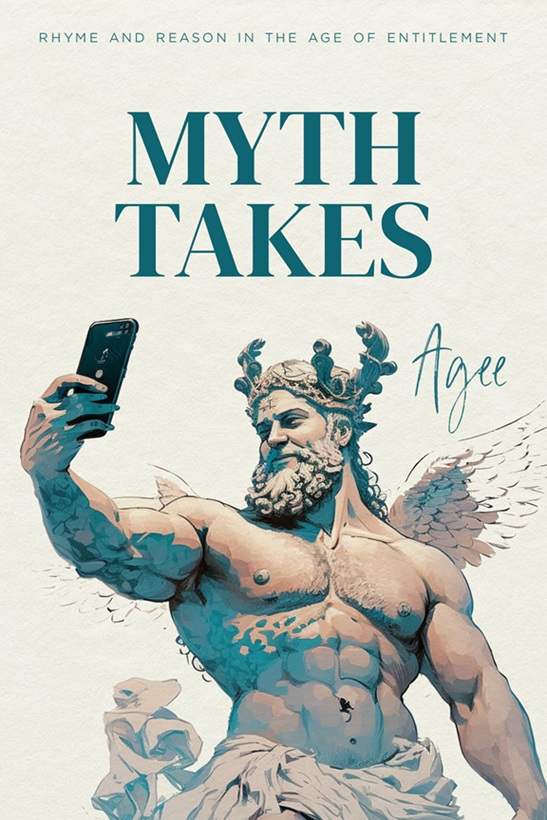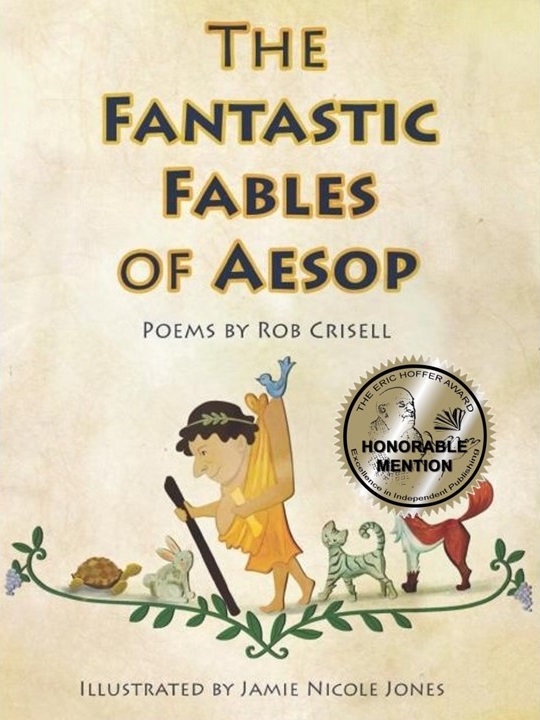Related
How to Write a Sonnet
How to Write a Haiku
How to Write a Rondeau
How to Write a Villanelle
How to Write a Poem Like the Raven
by Dusty Grein
The history of the poetry form we know as the Limerick is rich and wild. There are examples of the limerick’s cadence and pattern in use as early as the 11th century, and Shakespeare used the form and meter as part of a few of his plays, including as a drinking song in his play The Tempest. In 1776, at the time of the American Revolution, the form was used quite extensively in the first published version of Mother Goose’s Melodies. Little Miss Muffet has since affixed the metrical pattern into a recognized tempo for most children, worldwide.
If you look, you will find many different opinions on origins of the use of the name. It is quite clear that there is a historical connection between the nonsense verse style, and the county of the same name in Ireland. It was there that the creation of drinking songs using the metrical beat and rhyme pattern gained popularity, and the name Limerick was first used to denote the poetry as a form in 1898.
The popularity of the limerick in its current form can be traced back to the poet Edward Lear in A Book of Nonsense, written in 1845, and a second book he wrote in 1872. Lear wrote over 200 of these rhymes in the two books, and most of them were nonsensical and humorous – which is still true of the form today.
The Structure
Limericks are one of the more loosely defined forms of classical poetry, and are written using a variety of metric feet, but they do have a commonly accepted rhythm and pattern that separates them from other five-line, or quintain, forms, such as the Tanka or the Cinquain.
Having a looser definition means that limericks, which may be acatalectic (having perfectly formed metric feet), quite often are not. Their meter is frequently adjusted to make the rhyming pattern fit. The addition of an extra syllable at either end of the lines can make them hypercatalectic, or they may be catalectic and have missing syllables at one end or the other.
The most common limericks use a three-beat foot, typically either the anapest (dah-dah-DUM) or the amphibrach (dah-DUM-dah). These are built into trimeters for lines one and two, dimeters for lines three and four, and a trimeter again for the fifth and final line.
The final defining structural piece of the form is the rhyming pattern of ABCCB or AABBA.
Content
From its historical roots as a drinking song to the silliness encouraged by both Mother Goose and Edward Lear, the limerick has developed a reputation of being generally humorous, and very often being risqué, bawdy and even sexually suggestive.
The limerick is also quite often crafted using the name of a place at the end of line one – and in the case of poets like Edward Lear, that same place name was repeated at the end of line five, as in this poem from his first book:
There was a Young Person of Smyrna,
Whose Grandmother threatened to burn her;
But she seized on the cat,
And said, ‘Granny, burn that!
You incongruous Old Woman of Smyrna!’
Writing Your Own
The designing of a limerick isn’t difficult, but constructing one that is humorous, without delving into material that is unsuitable for family audiences can be a challenge. Like a well-timed joke, a funny limerick is not as easy to create as it may seem at first, but if you are careful and you work at the task, it can be done.
The basic structure of the limerick can be presented, using the dash symbol (-) for the soft syllables, and the equal sign (=) for the hard ones and the vertical bar (|) to separate the metric feet. This gives us the following framework:
– = – | – = – | – = –
– = – | – = – | – = –
– = – | – = –
– = – | – = –
– = – | – = – | – = –
The first step, for me, is to think of a humorous image. Knowing that stereotypes and tropes often make the best humor, I decided to use the image of a nagging wife who loses her voice and makes her husband happy.
Now I need to find my rhyming words. In order to make it easier on myself, I create a final line for the rhyme first.
“I have never found you more delightful!”
My next step is to find a pair of rhyming words that fit into the image I am creating, and toward this end I chose “frightful” (because that’s what nagging is) and “insightful” because it rhymed and the comment could be thought of as such. I was then struck by the fact that if her voice “died” then his comment might be one he “cried.”
I then place these words into the framework above…
– = – | – = – | – frightful,
– = – | – = – | insightful.
– = – | – died,
– = – | – cried
“I have never found you more delightful!”
From here, it is simply a matter of plugging in words to complete the lines. This is easier with limericks than some other forms, because of the nature of the form, and the fact that we can free-style the syllable requirements a bit.
In the end, here is what I wrote:
A man whose wife’s nagging was frightful,
Made a comment I found quite insightful…
One day her voice died,
and he joyfully cried,
“I have never found you more delightful!”
Okay, it probably won’t win any awards, but I found it to be funny. As limericks go, it isn’t the worst one I have ever read, but it is clean, clear and made me smile.
I hope you have enjoyed this little exercise, and I would encourage you all to give us your best shot in the comments below – but let’s keep it suitable for family viewing!
Limericks Published by The Society of Classical Poets
Phobia Limerick Riddles by Jan Darling
A Coronavirus Limerick by Mark F. Stone
Haiku and Limericks by Joe Tessitore
A Health Insurance Limerick by Troy Camplin
Dusty Grein is an author, poet and graphics designer from Federal Way, Washington. He currently lives in the Pacific Northwest, where his 15 year old daughter is hard at work securing her college degree while still in high school, and raising him right. When he is not busy writing, he donates a great deal of his time and graphics talent. In honor of his grandson Eddy, lost to SIDS at 13 weeks old, he creates free memorial images for bereaved families, with a special focus on infant and pregnancy loss. His blog, From Grandpa’s Heart… is followed by fans around the world.
















Once was when fooled by a lady,
Young, not knowing life to that day,
This girl, on her dress, spilt red ink,
Said, “It was the time of the month”.
Deflowering that cherry escaped that day.
Okay but the last line has one too many syllables…
What a wonderful post! I spend a few moments on reading, and I’m so excited by the information I received, by the way
of writing it reminded me this page https://seufolios.org/. It’s really tough to find something valuable on that subject.
But this author appears to be a genuine professional because there is a special style in his writings.
I will subscribe to his new publications, just not to skip
anything. This post works its reading.
A coronavirus limerick contest worth noting:
https://onthepremises.submittable.com/submit/165115/otp-mini-contest-45-limerick-for-2020
To quote:
Premise: Life isn’t much fun right now, anywhere in the world. The pandemic has touched everybody to some degree. Wrap up how you feel about life today–the good, the bad, the ugly, the inspiring, the awful, the funny, the not funny–and because this is a contest challenge, send it to us in the form of a limerick. The limerick doesn’t have to be funny, but it does have to evoke thoughts and feelings in us like everything else we ask of you.
For those of you who want to take political themes, please remember our audience is literally world-wide, though it definitely leans Western. Still, jokes requiring a deep understanding of the Hong Kong anti-China protests or some of the subtler points of Brexit might not translate for all of our thousands of readers, so aim for a broad audience.
May 23rd deadline.
There once was a redhead, I’m told,
Wore underwear tattered and old.
One day in the wind,
We all saw as she grinned
That commando was just how she rolled.